Unlock the potential of your career in the Pharma industry with our online courses and qualifications.
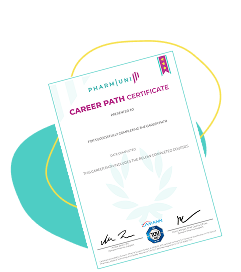
Pick a career path, follow its guided course roadmap, and secure industry-verified credentials in a few months.

Earn career credentials from industry leaders that demonstrate your expertise.
Are you ready to elevate your job application game? Our Pharma Resume Builder is designed specifically for professionals in the pharmaceutical industry, helping you craft a standout resume that reflects your unique skills, experiences, and achievements.
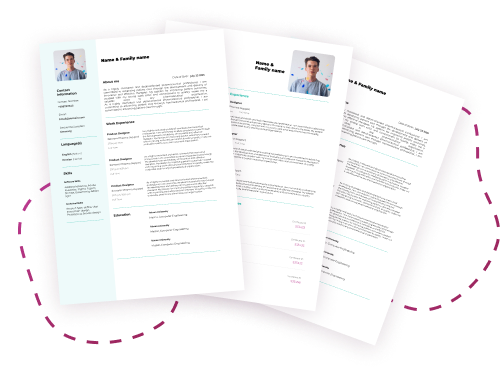
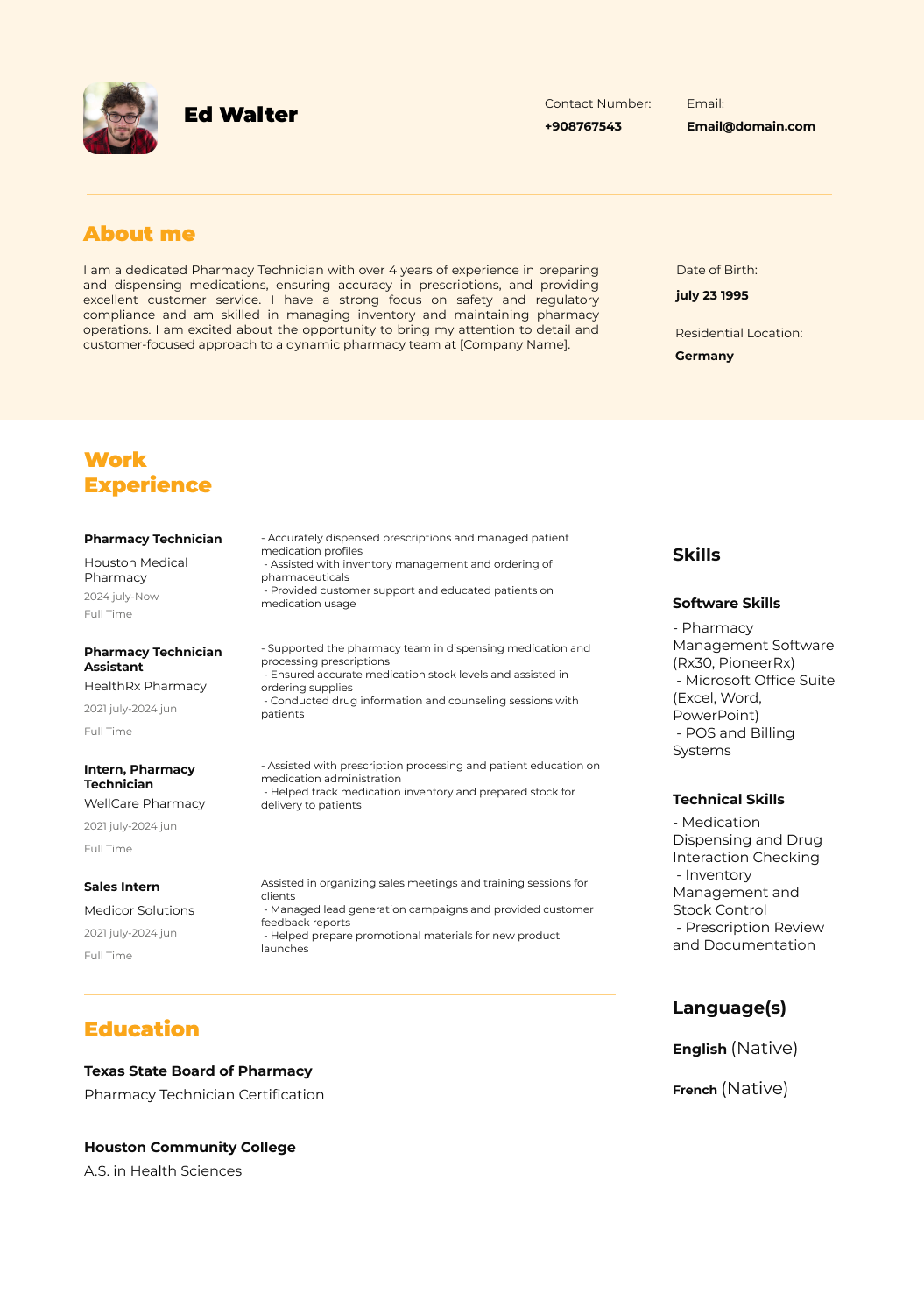
A dedicated format emphasizing your strengths, with a clear section for your personal story.

A comprehensive resume featuring your photo, skills, and experiences.
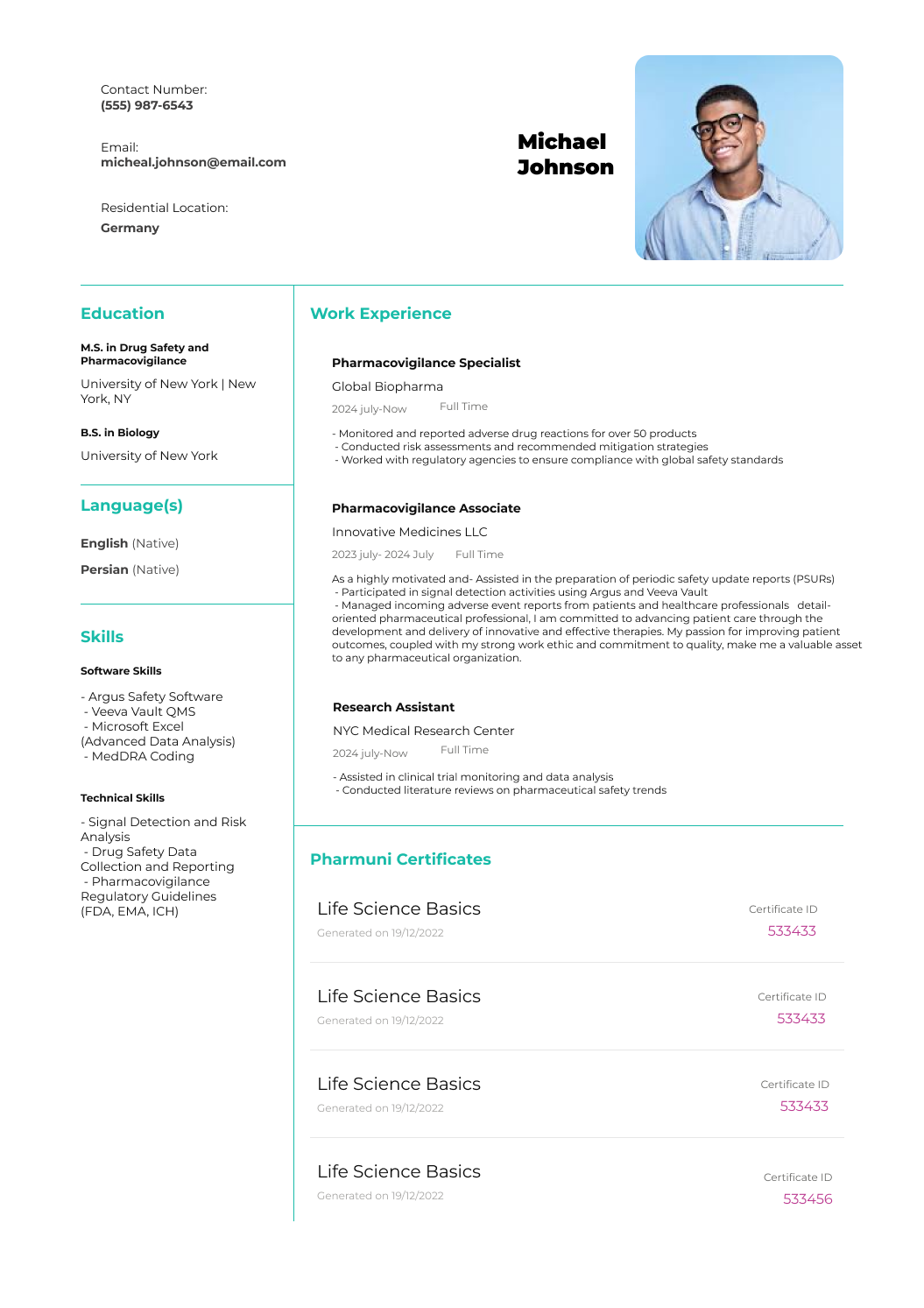
A streamlined design that connects your credentials and certifications in a modern format.
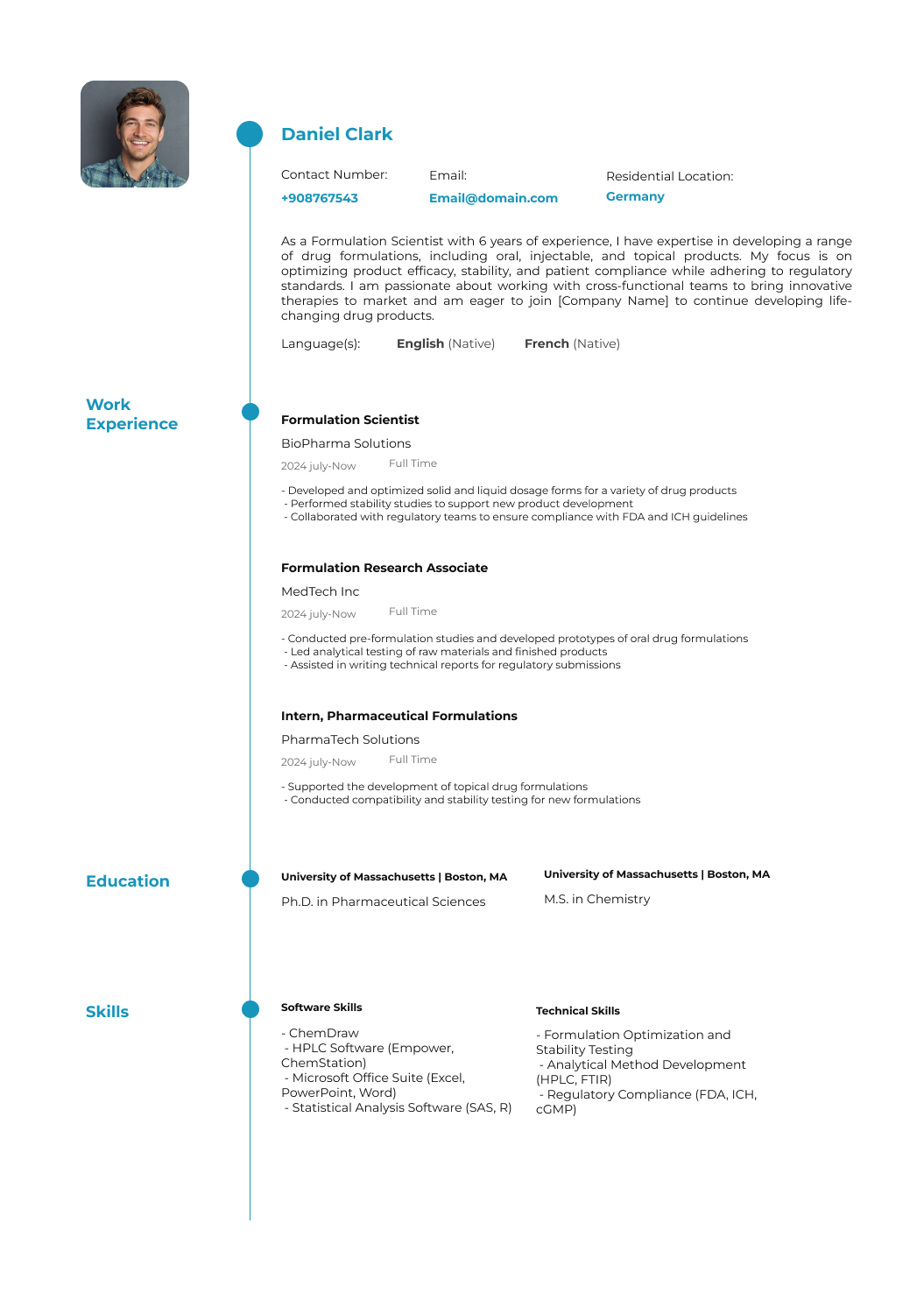
A unique roadmap design that illustrates your educational and career journey effectively.

A minimalist layout that highlights your qualifications, keeping it clean and impactful.
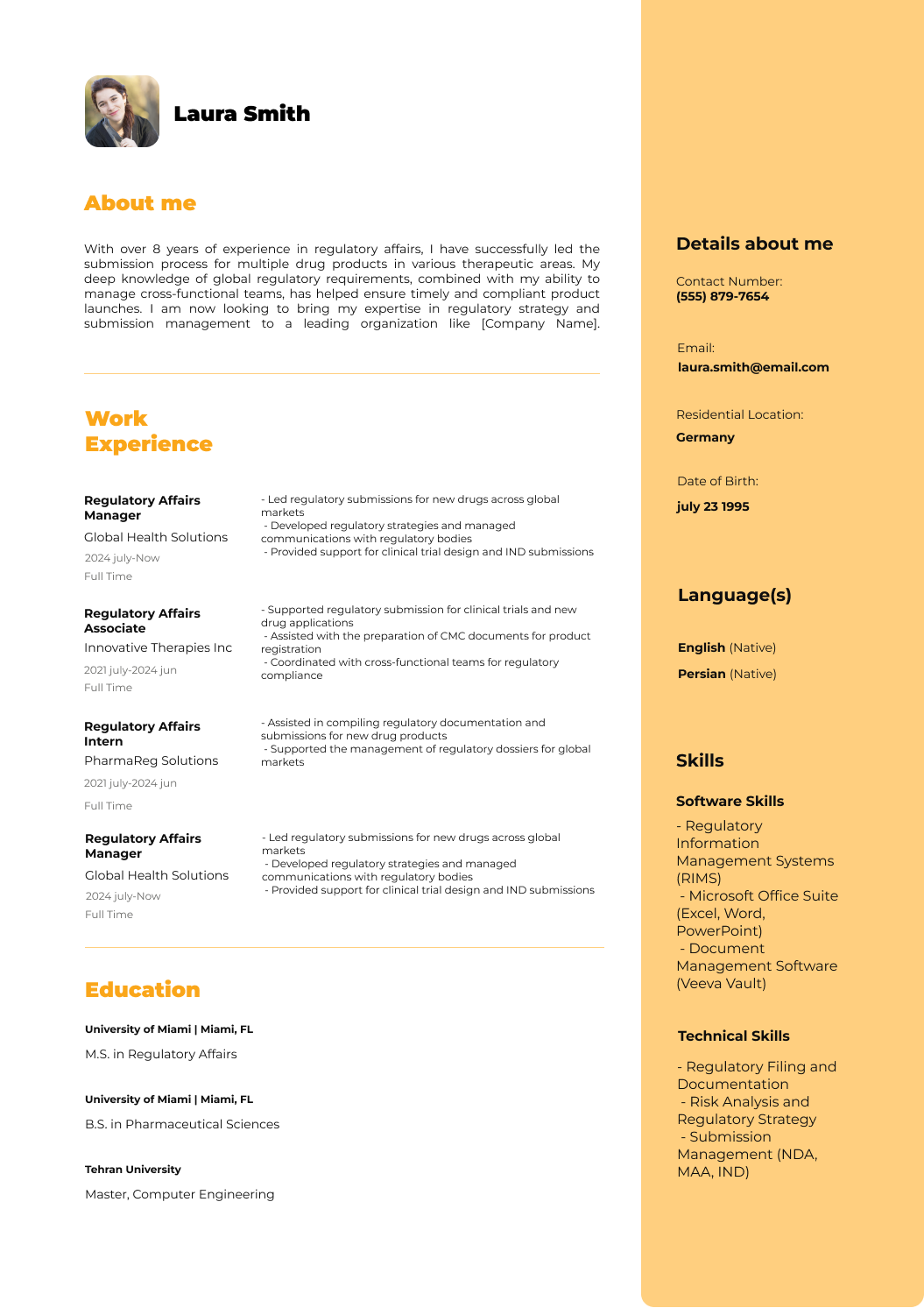
An engaging resume that brings your achievements to life with an energetic layout.



With features designed specifically for the pharmaceutical industry, you can confidently present your qualifications to potential employers. Highlighting your experience has never been easier!
Our intuitive interface makes it simple to build your CV from start to finish. With our Easy Pharma CV Maker, no design skills are needed, just input your information, and we’ll help you create a polished final product.
Once your resume is ready, download it as a PDF or share it via a personalized link. Say goodbye to multiple file formats and hello to versatility!
Create a resume that looks polished and professional, making a strong impression on potential employers.

Transform your career prospects today with the Pharma Resume Builder, your go-to Pharmaceutical CV Creator. It’s time to create a professional resume that opens doors to new opportunities.
Opt for a simple, easy-to-read format with clear headings and consistent fonts. Avoid clutter and unnecessary graphics.
Instead of listing your job responsibilities, focus on accomplishments. Use quantifiable metrics (e.g., “Increased sales by 20%”) to showcase your impact
Stick to one page if you’re early in your career, or two pages for more experienced professionals. Avoid lengthy paragraphs and unnecessary details.
Start your bullet points with powerful action verbs like “managed,” “led,” “improved,” or “achieved” to make your achievements stand out.
Include both technical and soft skills that are relevant to the job. Create a separate “Skills” section to showcase your expertise. we have prepared it in our resume builder.
Ensure your resume is free of spelling, grammar, or formatting errors. Even minor mistakes can create a negative impression.
Incorporate keywords from the job description to increase the chances of your resume passing through applicant tracking systems (ATS).
We use cookies to improve your experience on our site. By using our site, you consent to cookies. Privacy Policy
Manage your cookie preferences below:
Essential cookies enable basic functions and are necessary for the proper function of the website.
These cookies are needed for adding comments on this website.
Google Tag Manager simplifies the management of marketing tags on your website without code changes.
These cookies are used for managing login functionality on this website.
Statistics cookies collect information anonymously. This information helps us understand how visitors use our website.
Google Analytics is a powerful tool that tracks and analyzes website traffic for informed marketing decisions.
Service URL: policies.google.com (opens in a new window)
Clarity is a web analytics service that tracks and reports website traffic.
Service URL: clarity.microsoft.com (opens in a new window)
Marketing cookies are used to follow visitors to websites. The intention is to show ads that are relevant and engaging to the individual user.
Facebook Pixel is a web analytics service that tracks and reports website traffic.
Service URL: www.facebook.com (opens in a new window)
LinkedIn Insight is a web analytics service that tracks and reports website traffic.
Service URL: www.linkedin.com (opens in a new window)
You can find more information in our Privacy Policy and Privacy Policy.